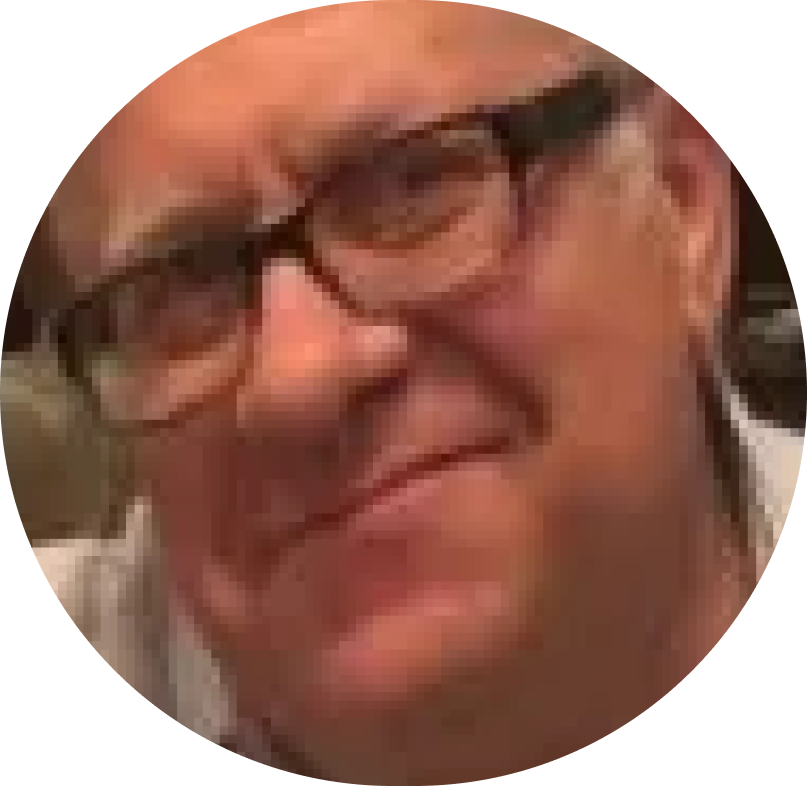According to the current paradigm, these processes do not exist in nature. They can only be observed in idealized conditions at equilibrium and, in such scenarios, can be explained by the principle of least action. But Szumski thinks differently; he sees reversible thermodynamic processes as evident in the world around us and as a fundamental characteristic of the nature of reality. He elucidates four examples he has observed: The covalent bond, light in a vacuum, gravity, and the processes that maintain a stable atom’s form and function. Szumski believes reversible thermodynamic processes can exist in states far from equilibrium.
"Our obligation as scientists is to continue to rediscover our science," he says. This quote would be reiterated several times throughout our conversation and, I think, encapsulates Szumski's approach to science. He believes in finding the new in the old and the old in the new, applying discoveries to old ideas, and applying older ideas to our understanding of newer concepts.
Looking Ahead
I asked Dan Szumski if he felt cold fusion was too disruptive to be accepted, and he rebutted, “Climate change is disruptive.” He admitted that for energy companies, it might be disruptive negatively Still, for consumers, it would be a great benefit due to the immense benefits to energy accessibility it provides, from single home heating to larger scale applications such as space crafts, which require little electrical power. Szumski also believes that cold fusion has two benefits for our world today, both scientific and practical. From the scientific standpoint, he believes that understanding cold fusion will open the door for many scientific advancements in areas such as the origin of life and cancer research, and practically, he believes that cold fusion will solve many of the energy-related problems of our world.
"I think there is an enormous opportunity right now to advance the sciences, particularly in biology, with the understanding of these reversible processes.” And I am awestruck by what I see on the other side of that. I want to see us get there. I'm there. I'm working on it. But I want to see other people do the same because there are enormous opportunities."
This inspires him and gives him hope for the future. He does not view cold fusion as a solution to all our energy problems because he does not believe that it produces the kind of energy needed for high-energy applications. Therefore, he expects it to coexist with other forms of energy.
